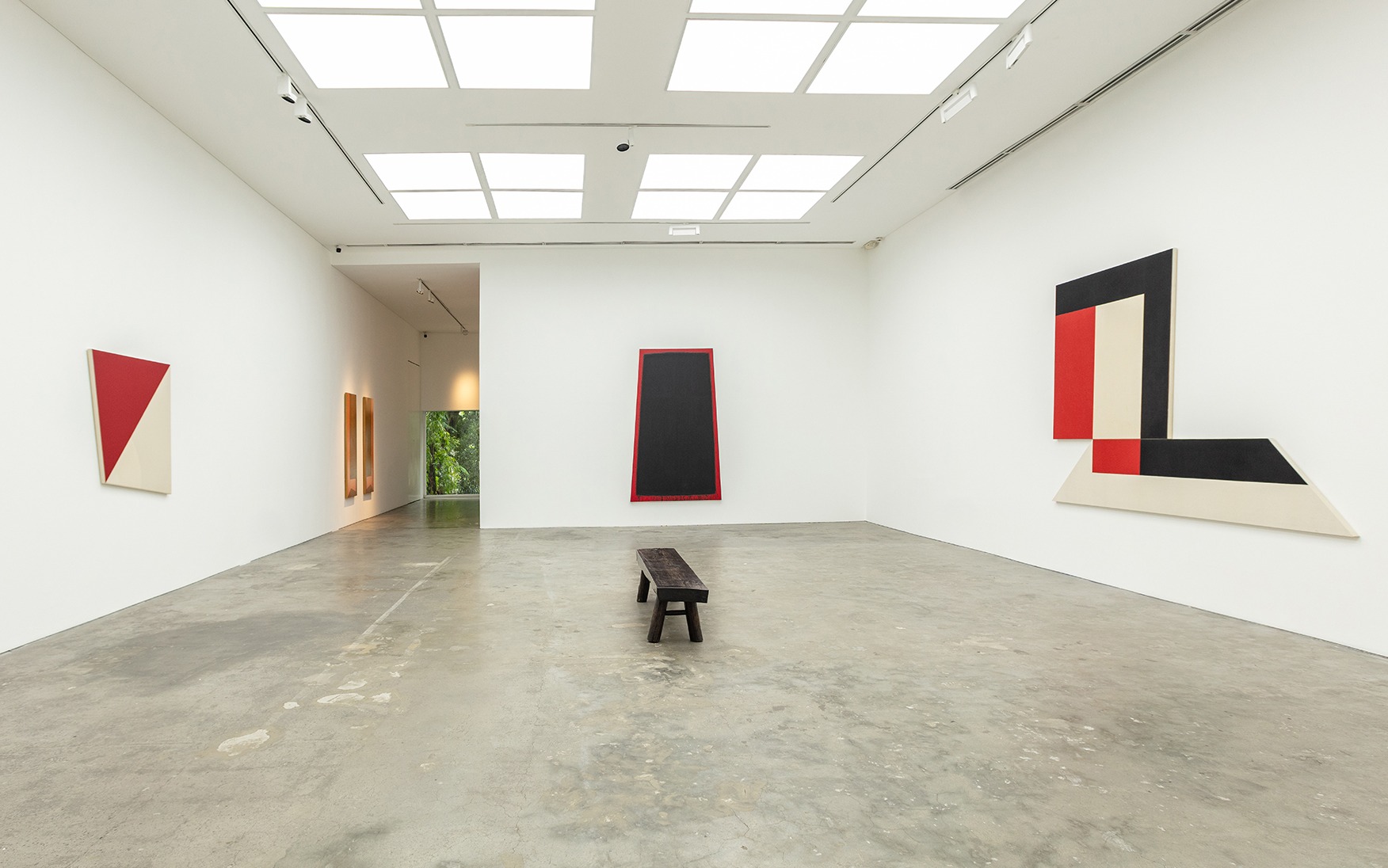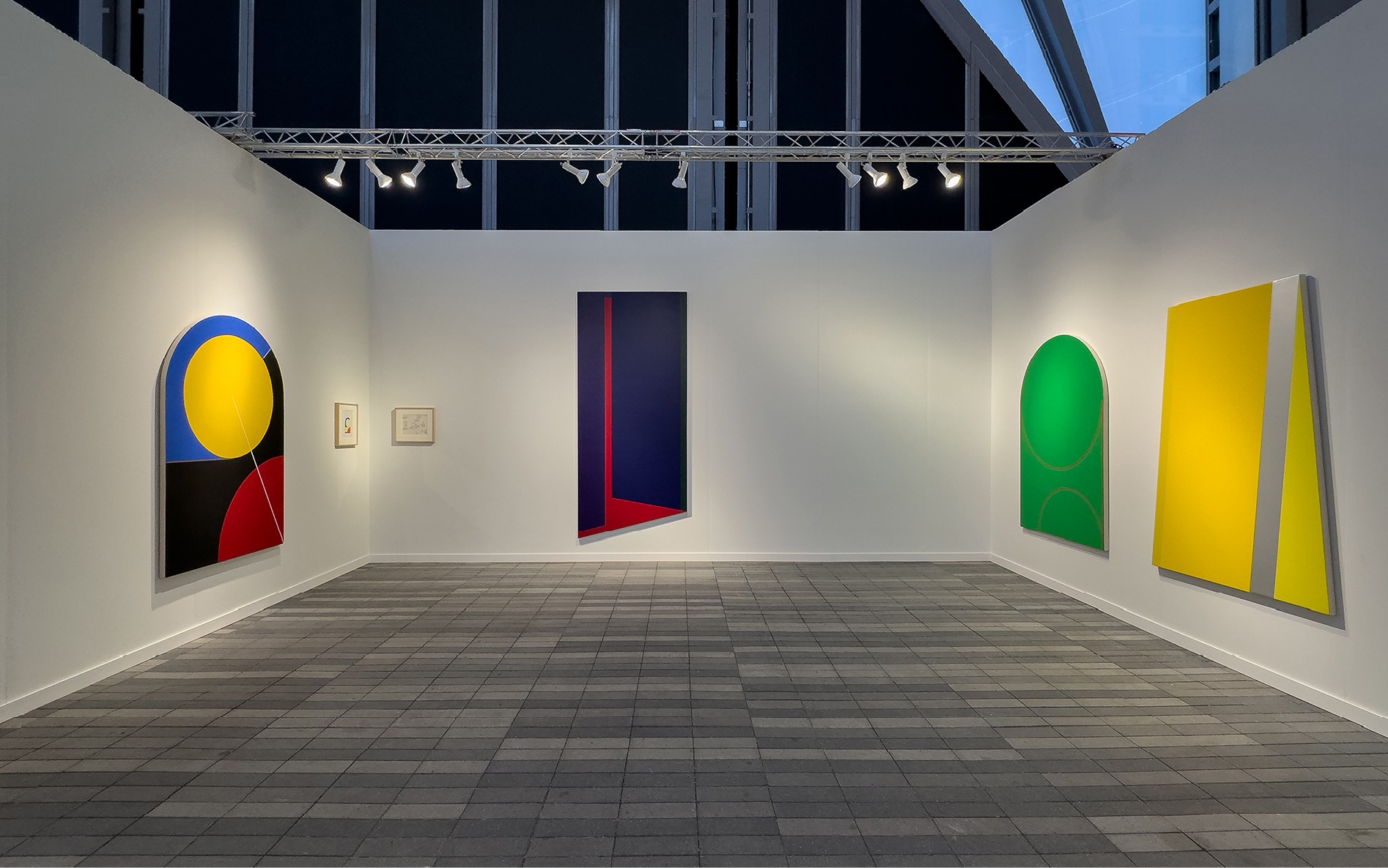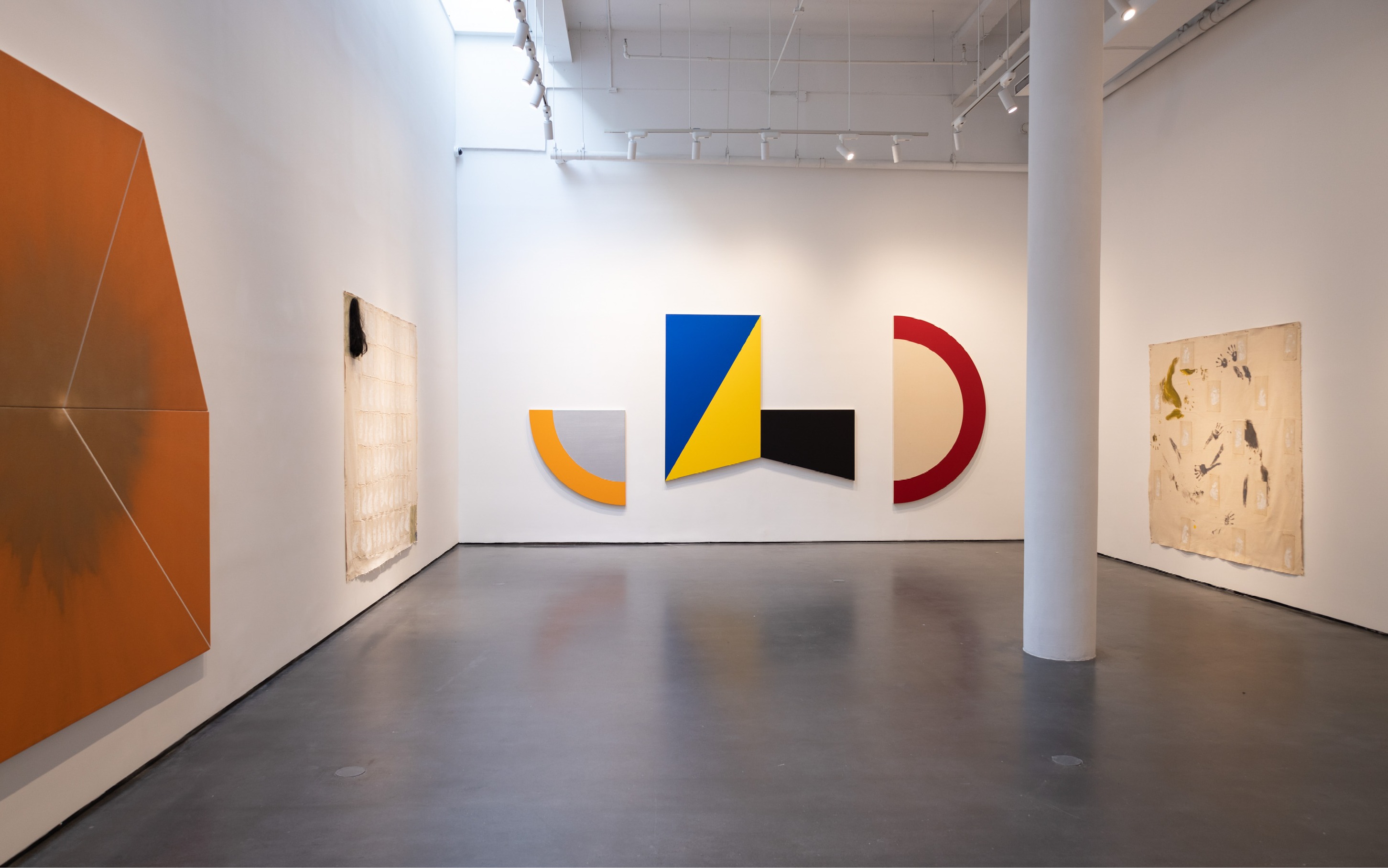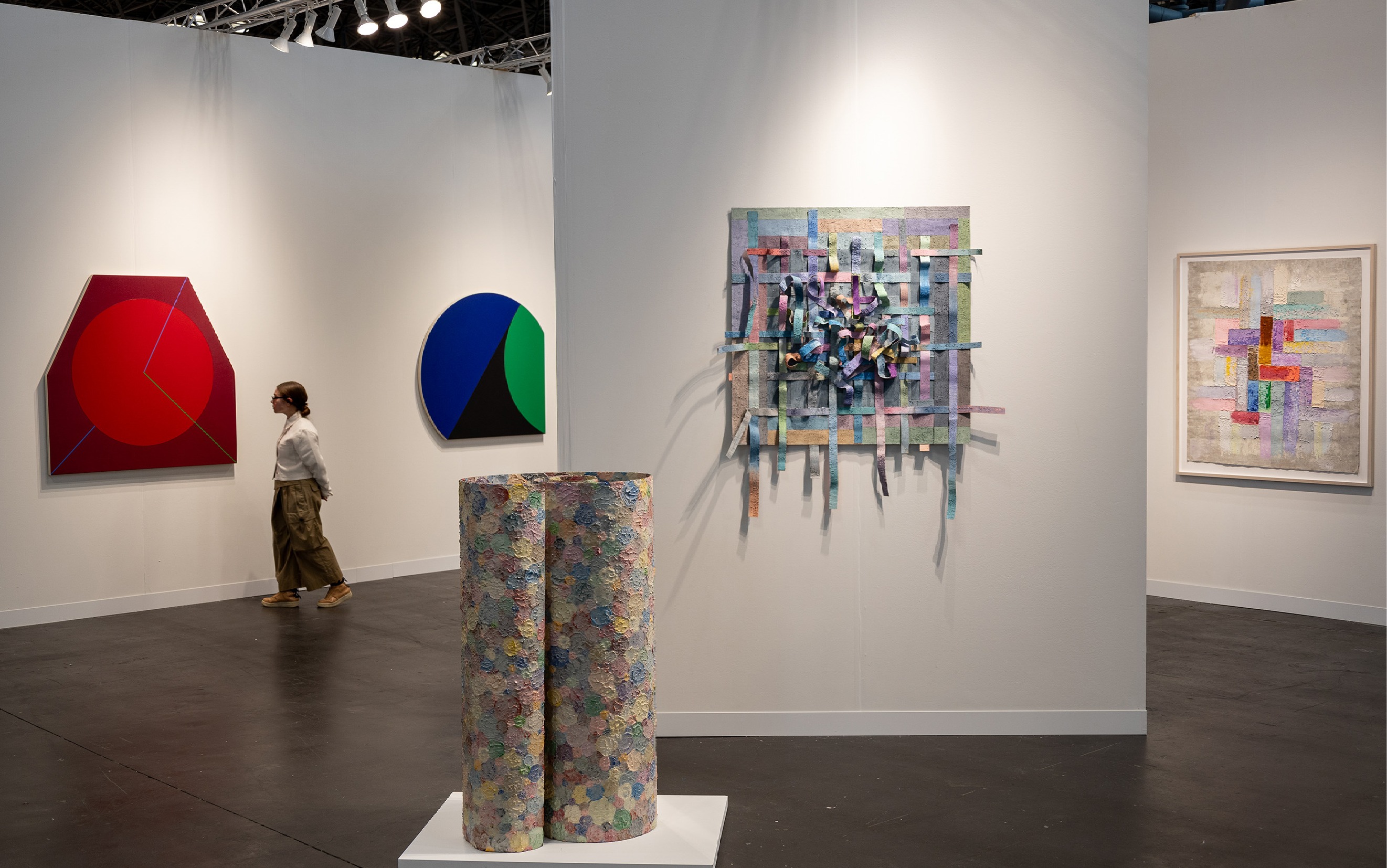
Leo Valledor
Bio
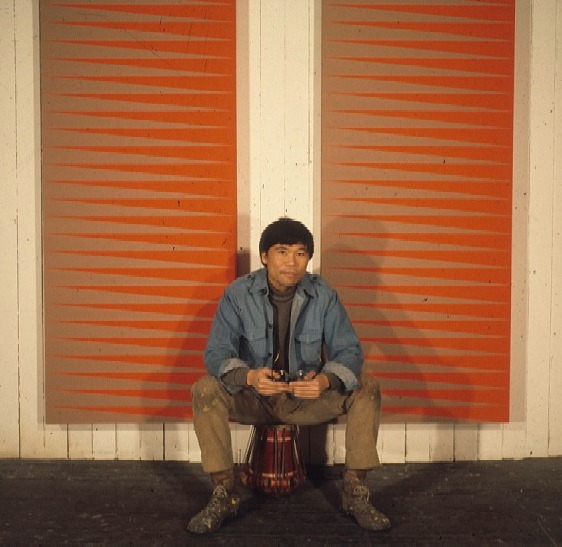
Leo Valledor (b. 1936 - d. 1989, San Francisco, USA) was a San Francisco-born, New York- based abstractionist and founding member of downtown Manhattan’s trailblazing Park Place Gallery, an artist collective and exhibition venue founded by ten emerging artists, many of whom are now recognized as among the most influential Modernists in American history.
Valledor’s strong understanding of color optics, geometric planes and dimensional illusion combined with shaped canvases to engage the viewing space in powerful ways. Influenced by luminaries such as Ellsworth Kelly and Frank Stella, Valledor’s work resonated with the color- field and minimalist aesthetics, distinguished by his inventive manipulation of space, shape, and color.
Valledor’s artistic legacy continues to reverberate through collections nationwide, with works in prominent collections including The Whitney Museum of American Art in New York, the San Francisco Museum of Modern Art, and the Philadelphia Museum of Art. Leo Valledor’s work has been exhibited at the San Francisco Museum of Modern Art, Daniel Weinberg Gallery, M. H. de Young Memorial Museum, and the Los Angeles Museum of Contemporary Art.
Image: Leo Valledor with his painting ‘Echo’ (for John Coltrane), 1967. Park Place, The Gallery of Art Research, Inc. records and Paula Cooper Gallery records, 1961-2006. Archives of American Art, Smithsonian Institution.
Selected Works
Selected Works
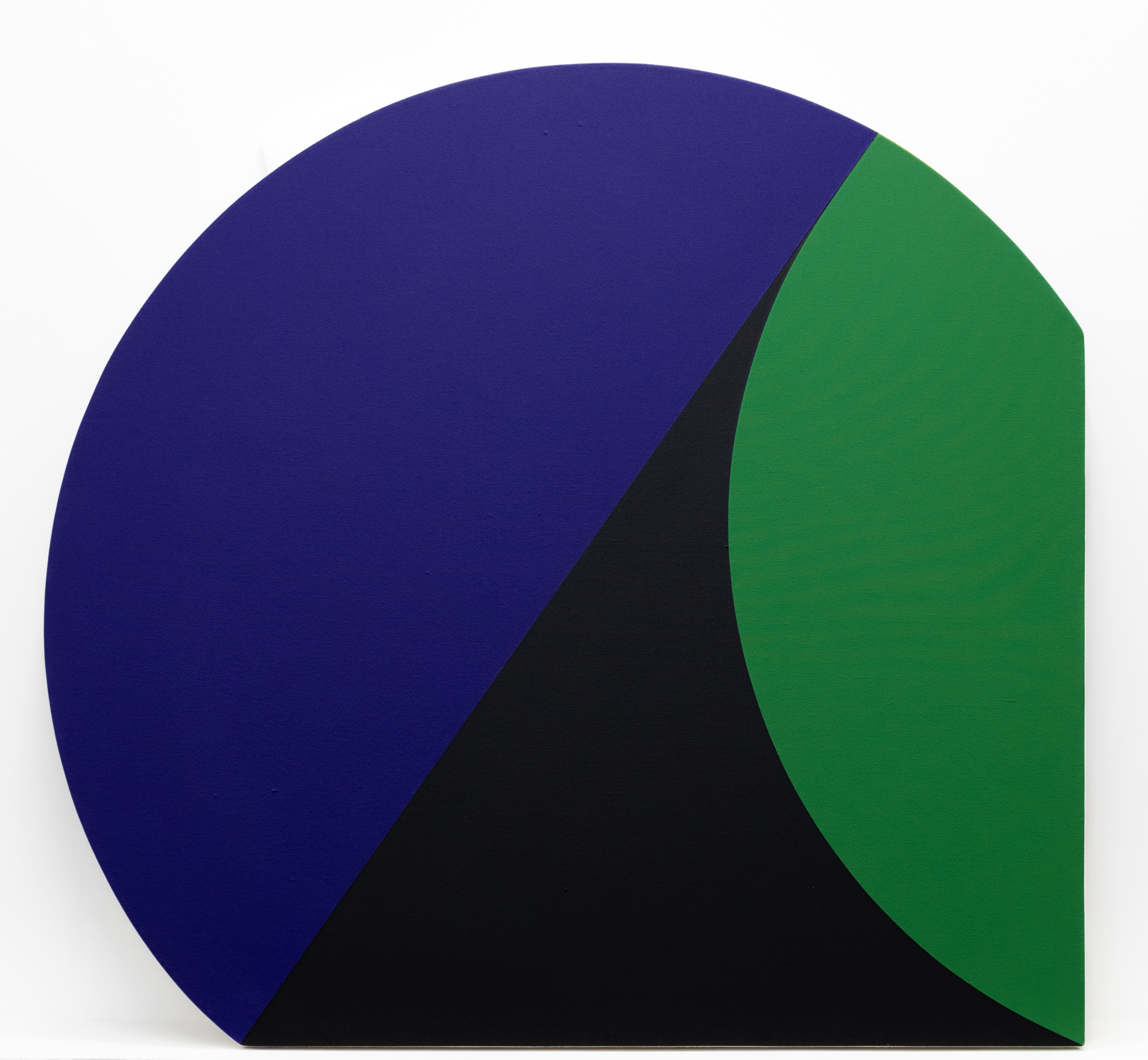
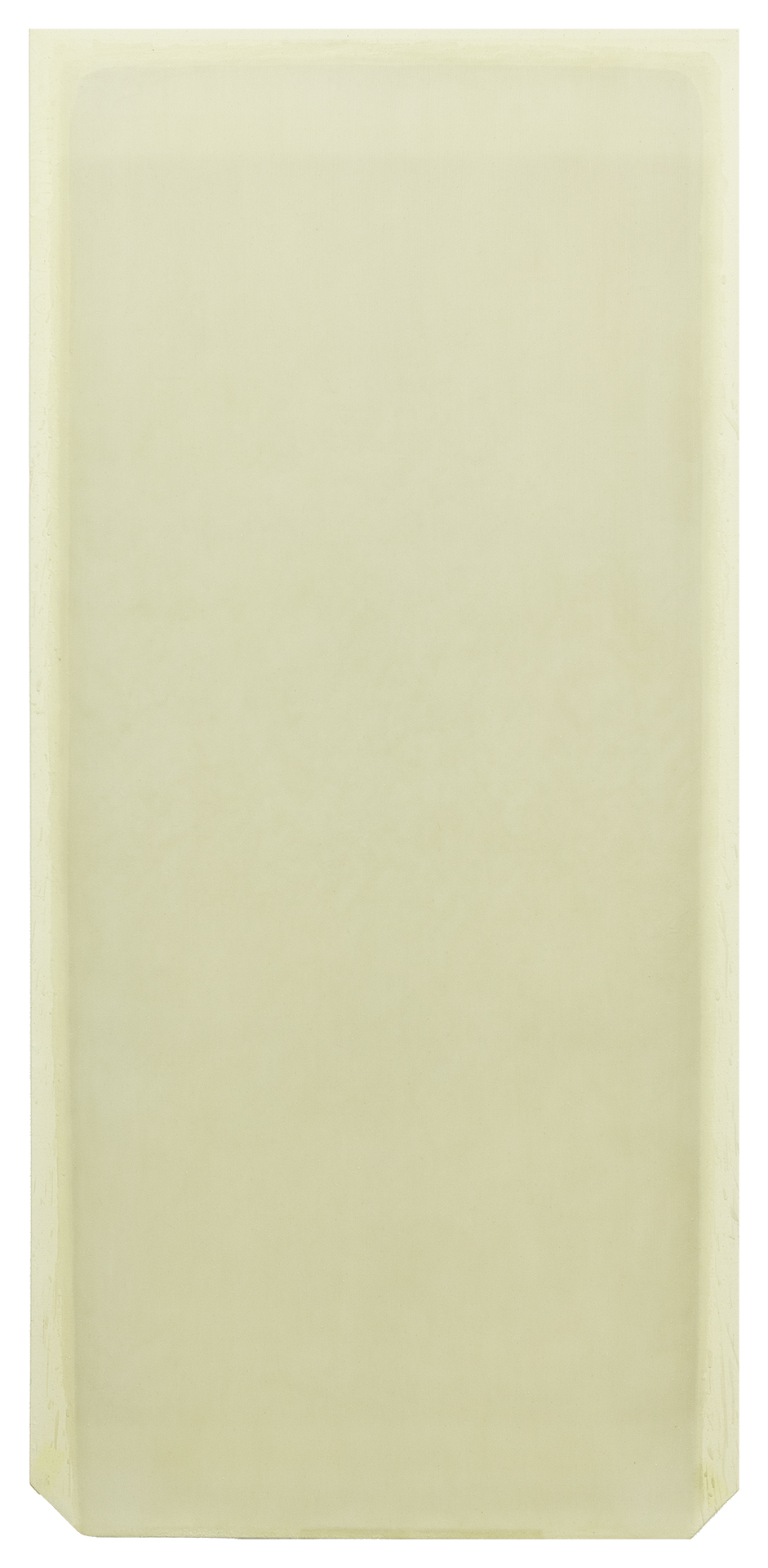
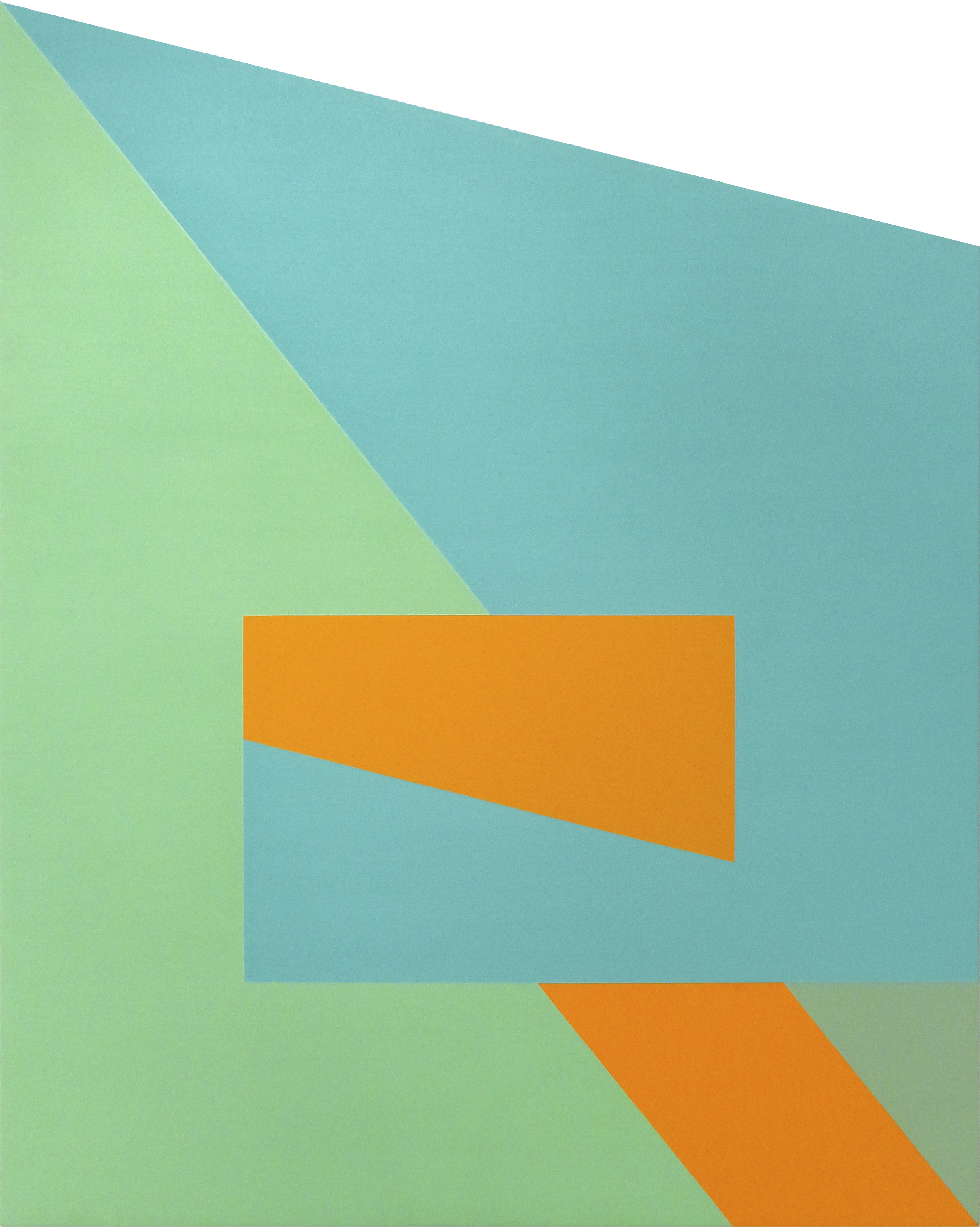
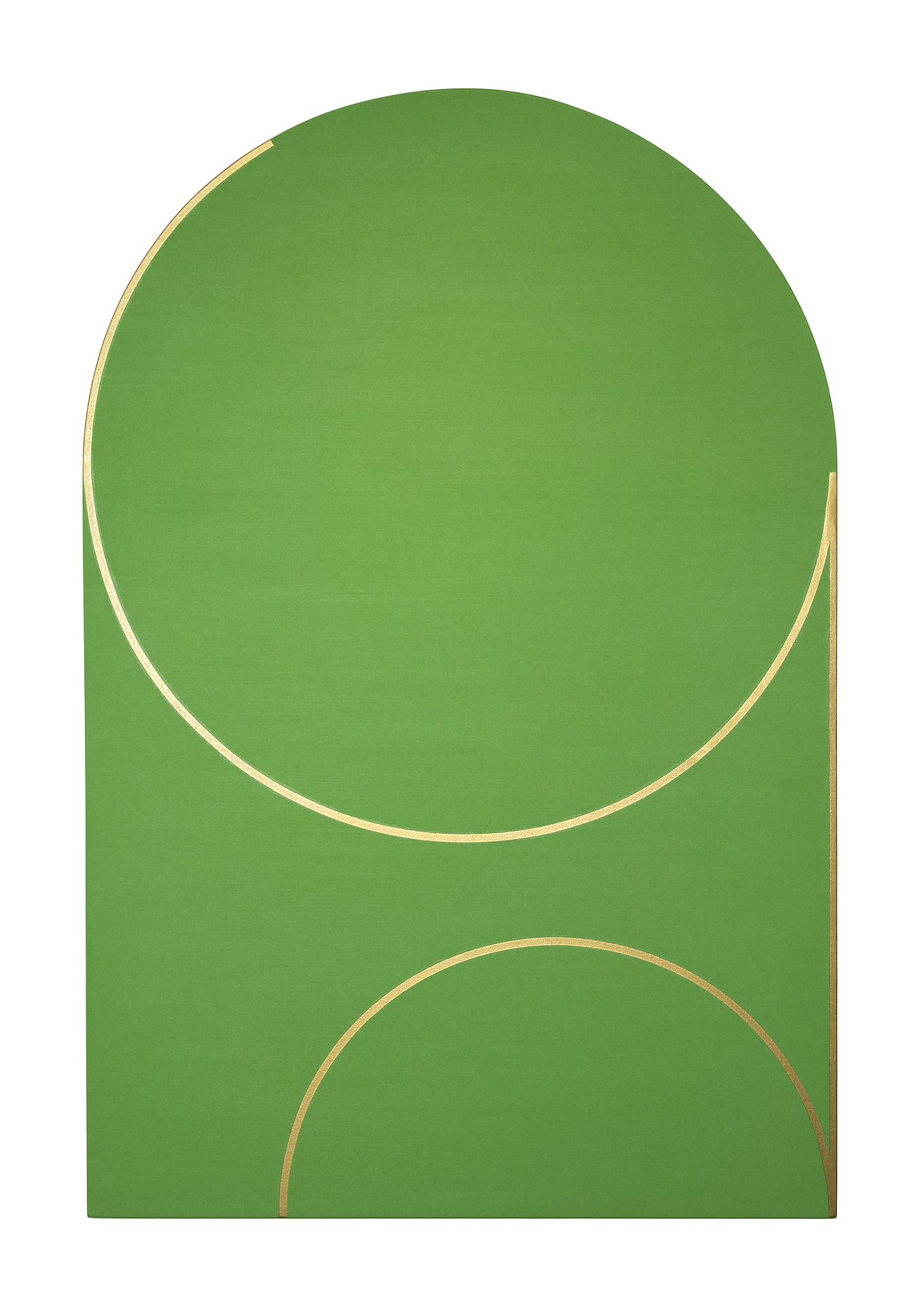
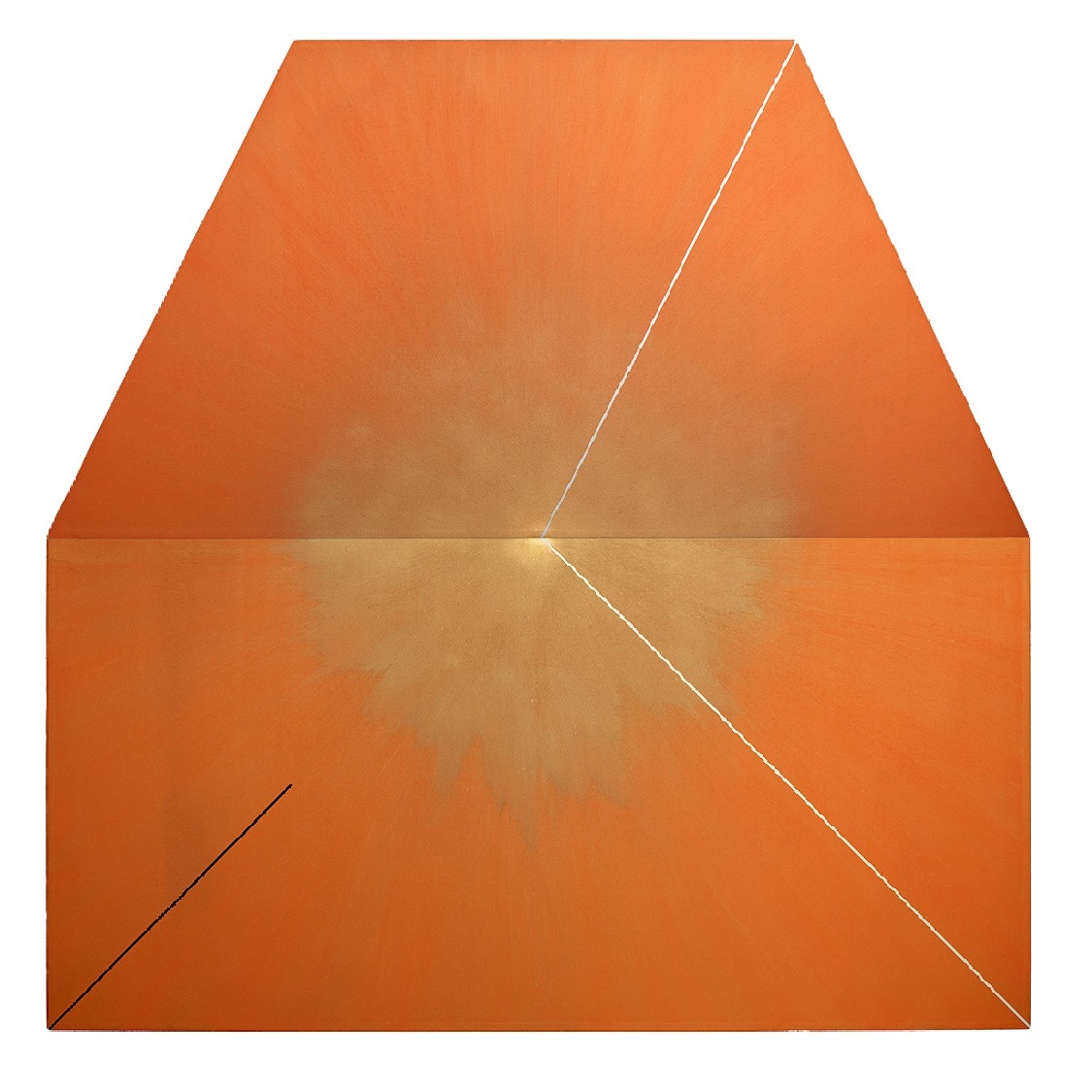
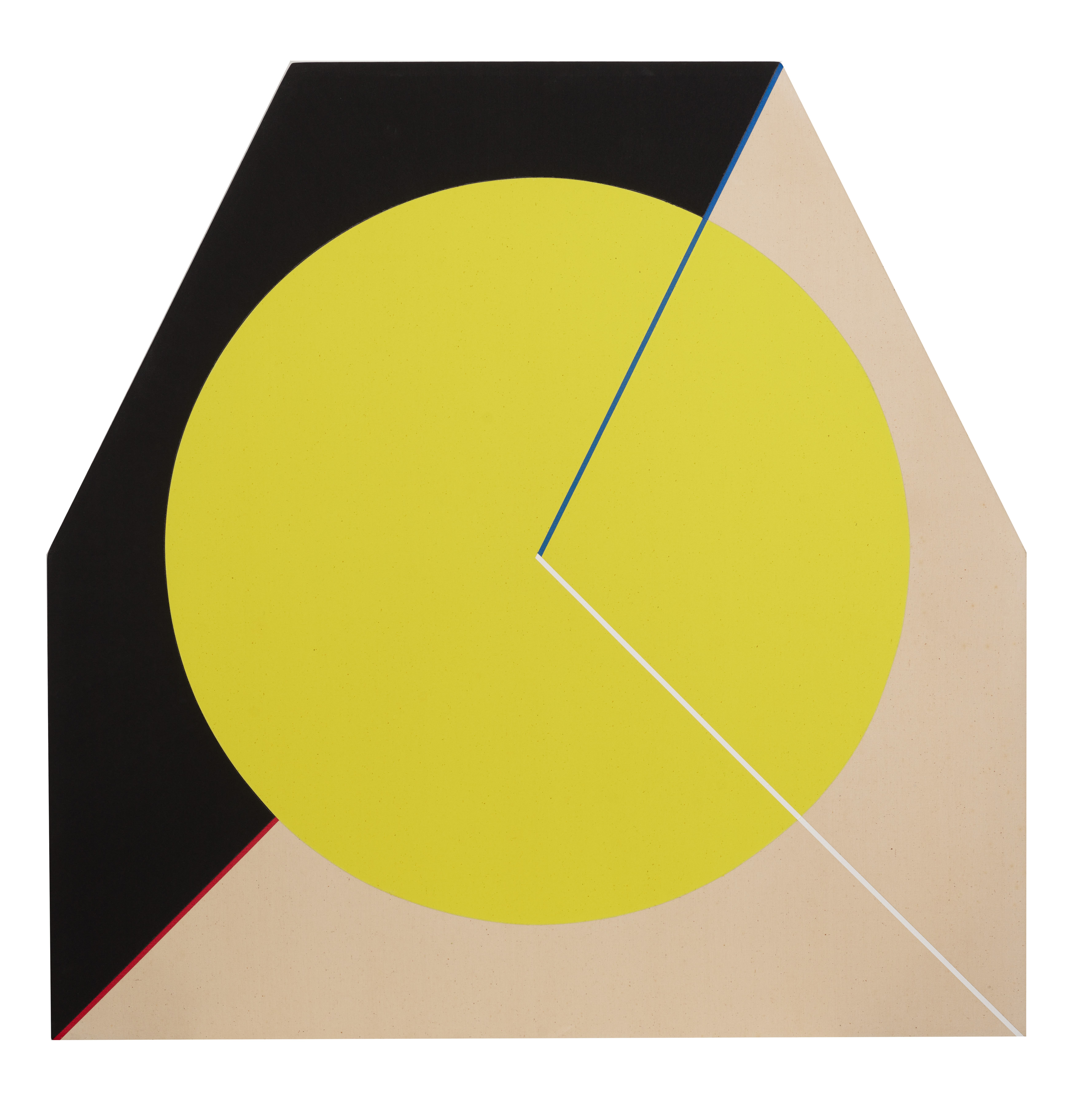
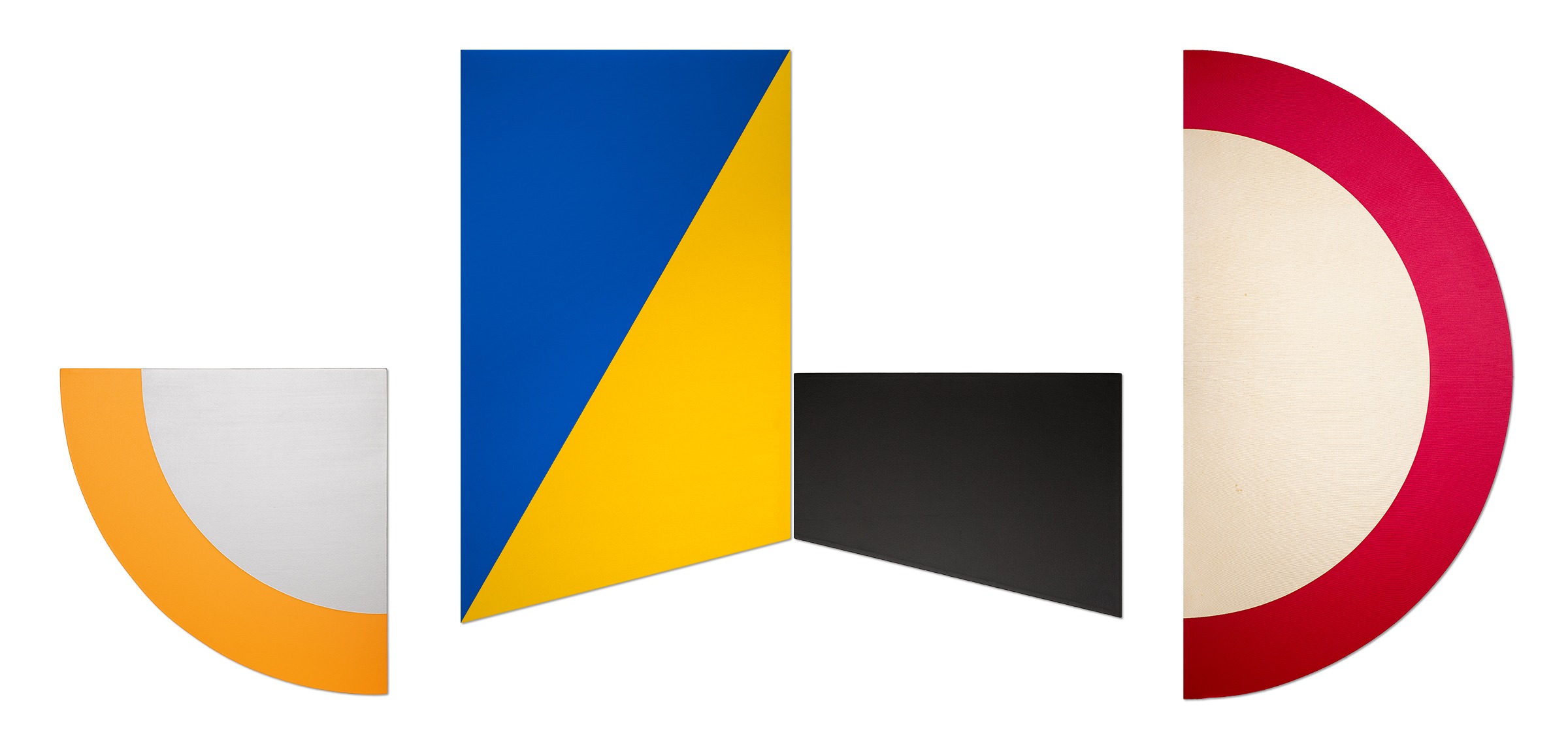

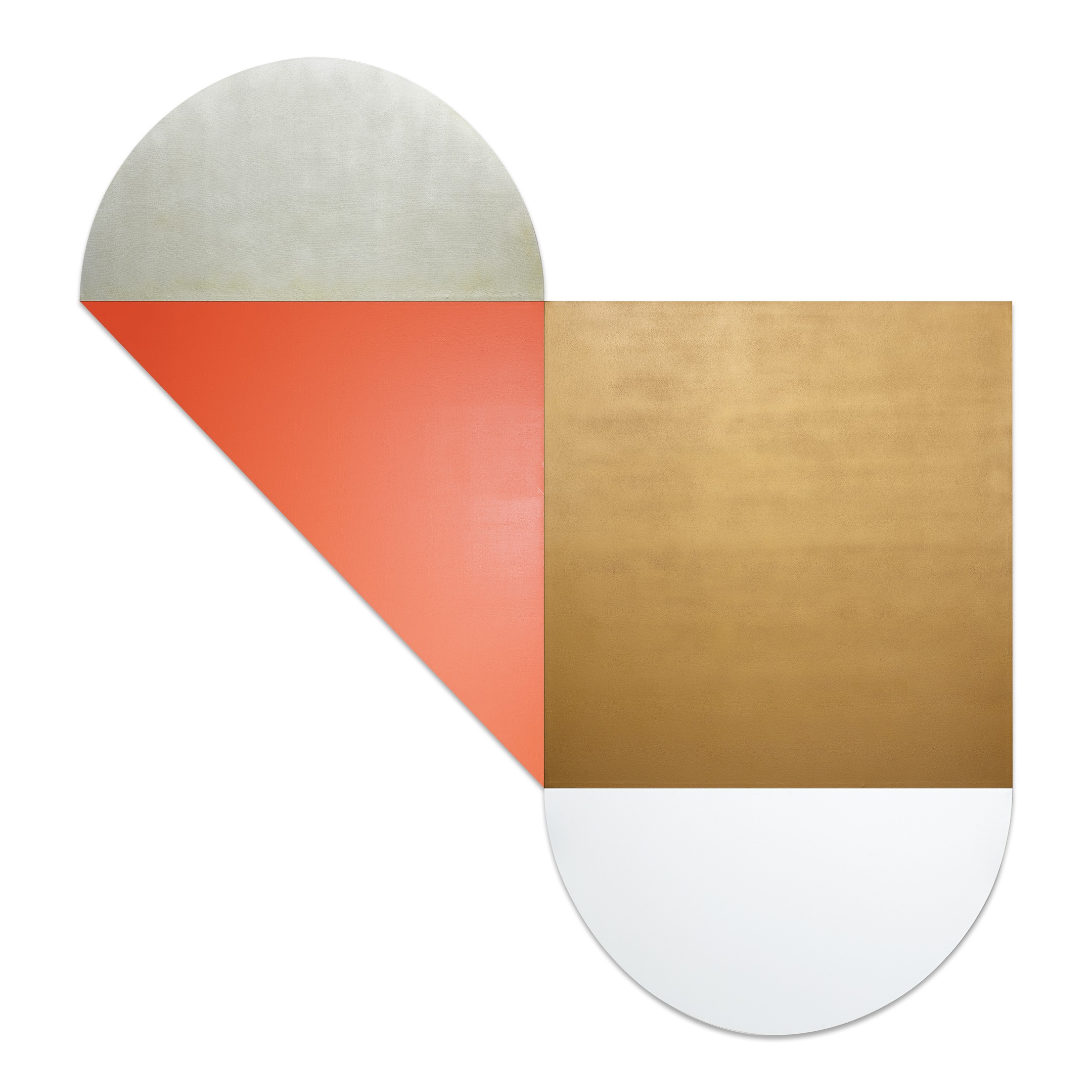

Selected Exhibitions
Video
Selected Press
- HyperAllergic | Can Asian-American Identity Still Be a Political Home?

- Il Giornale Dell'Arte | The Unexpected Minimalist

- Art & Market | August Round-Up

- BluPrint | Leo Valledor’s ‘At First Sight’ Plays with Perspective

- The Art Newspaper | Single-artist stands punch above their weight at Frieze New York

- Frieze | 20th-Century Masters at Frieze New York 2024

- Whitewall | Frieze New York is Back with Singular Solo Shows and Artist-Led Programming

- Frieze | Seven Unmissable Solo Shows at Frieze New York 2024

- The Phoenix | Beneath the surface: Breaking down Leo Valledor’s “We Shall Overcome”

- The Amp | Carlos Villa and Leo Villador, Reunited

- The Back Room | Duets

- HyperAllergic | The Filipino-American Friends Who Forged New Artistic Paths

- The New York Times | What to See in N.Y.C. Galleries in October

- HyperAllergic | 15 Art Shows to See in New York This October

- Ocula | New York Lowdown 2023: 9 Must-See Autumn Exhibitions

- Hyperallergic | The Filipino-American Friends Who Forged New Artistic Paths

- ARTnews | Silverlens Takes on Estates of Carlos Villa and Leo Valledor, Two Major Filipino American Artists

- Hyperallergic | When Asian-American Artists Are Unburdened by Identity

- Philstar | Leo Valledor: From fractured past to mastery of Minimalism

- Hyperallergic | What Do We Mean When We Say “Postwar American Art”?

- Artforum | Leo Valledor

